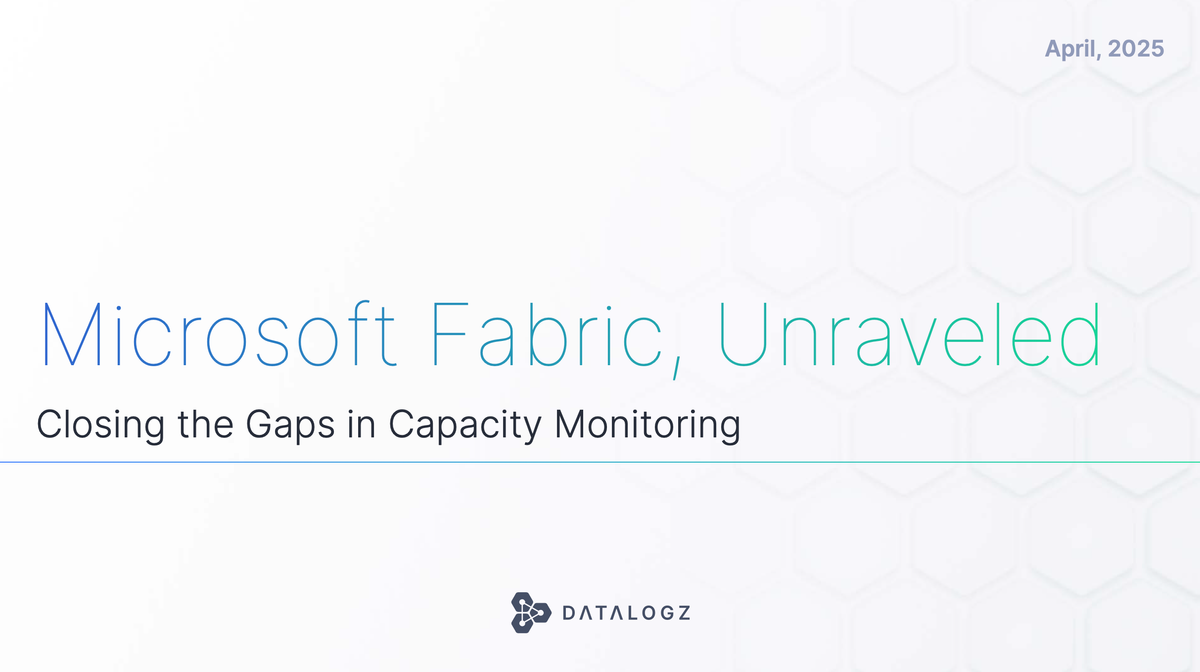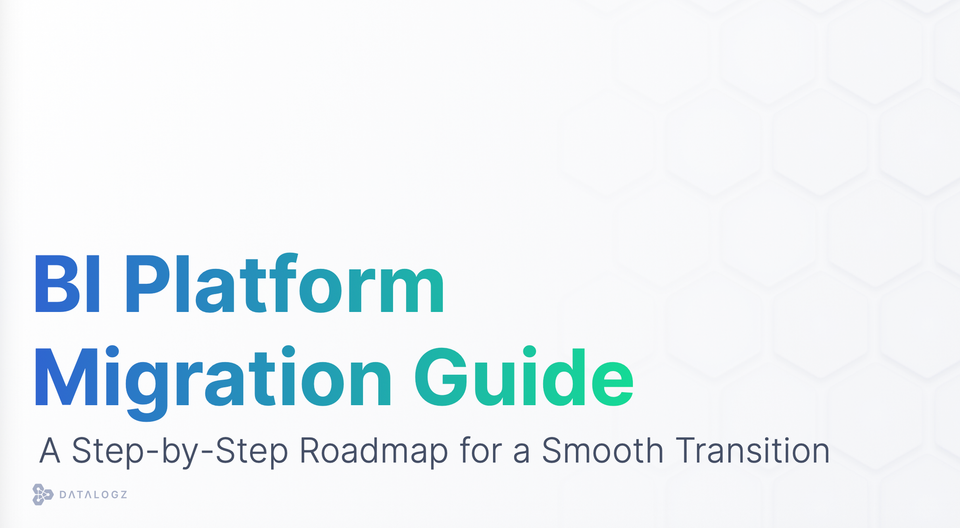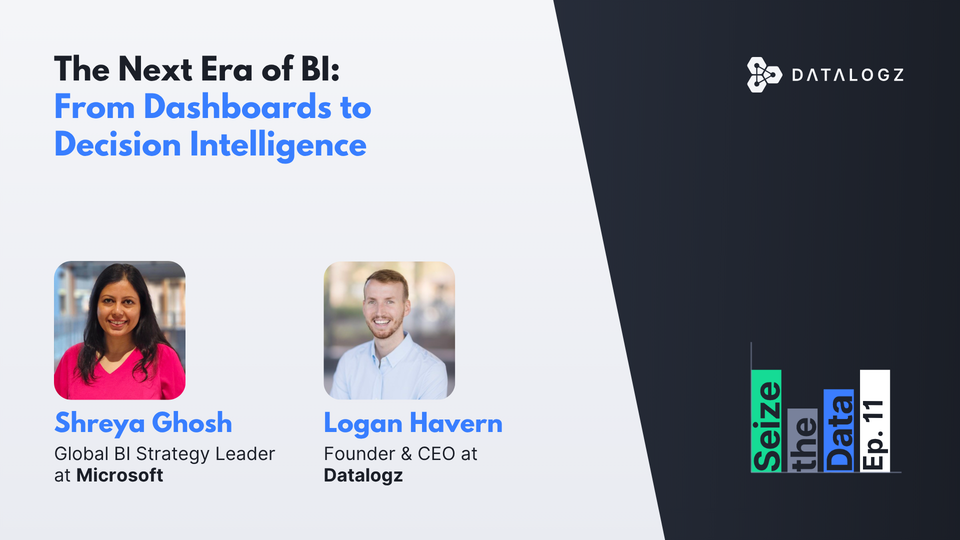Microsoft Fabric, Unraveled
As Microsoft Fabric is implemented by enterprises at scale, there is a growing gulf between the promises of tomorrow and realities of today.

The 2023 launch of Microsoft Fabric presented a vision of a more unified data and analytics environment, where increasingly advanced AI tools were more easily integrated into workflows. This has major implications for BI, and many enterprises are making the transition to Microsoft Fabric.
‘Break Out’ Moment
By early 2025, Microsoft Fabric reached its “break out” moment at the data layer. Microsoft CEO Satya Nadella said it became “the fastest-growing analytics product in our history,” with corporate adoption being particularly explosive. Migration to Microsoft Fabric was identified as a top priority for 2025 in Datalogz’ recent State of BI report, which was based on interviews with 55 data and analytics leaders. Microsoft Fabric also serves as a tailwind to the growth of Power BI, as the decade-old platform continued to experience 40% year-over-year growth in Q2 of 2025.
But as Microsoft Fabric is implemented by enterprises at scale, there is a growing gulf between the promises of tomorrow and realities of today.
More than a year since the launch of Microsoft Fabric, there is continued potential that AI will reshape workflows and deliver powerful performance tomorrow. But, today, the implementation of AI at scale is still being worked out.
Today, the administrators who are operating Microsoft Fabric need to deliver successful data products and a seamless experience with the tools, workflows, and environments that are being used to drive business forward inside the companies that power the U.S. economy.
Download the ebook to read more!



